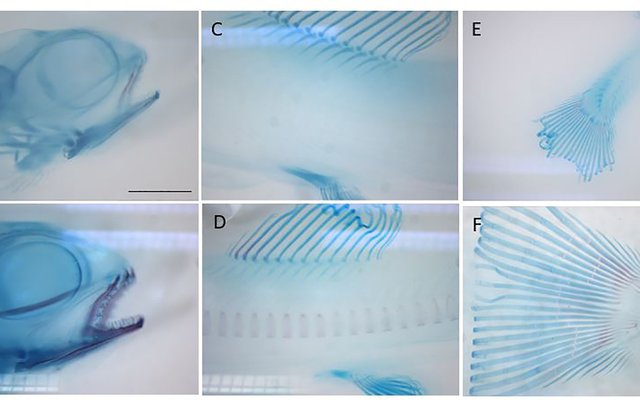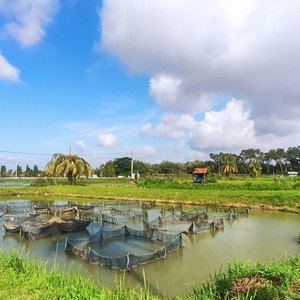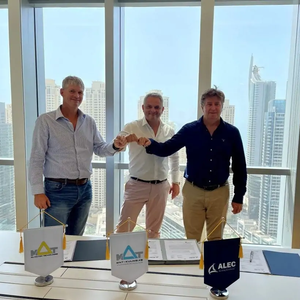Recirculating aquaculture systems (RAS) are receiving greater attention because they have the potential to reduce the use of water, enable better control of environmental conditions and give greater biosecurity. However, little is known about the effects of conditions in RAS on early development.
A team of international researchers compared the survival, development and gene expression of Atlantic salmon grown in a RAS and flow-through systems from egg until before they start to feed.
Researchers found that the epidermis of RAS fish was significantly thinner and contained larger numbers of mucosal cells, which were positioned more toward the skin surface, and less mineralization of the vertebral body, than flow-through fish. Genes known to be involved in bone development and mineralization were significantly up-regulated or down-regulated with RAS relative to flow-through treatment. Genes known to affect skin development were down-regulated in RAS compared to flow-through treated fish.
“Although no two RAS will share exactly the same environmental conditions, our comparison shows that early development of the skeleton and skin is hindered by the environment of the RAS used in this study and that a number of related genetic processes influencing skin and skeletal development are affected. These differences could affect the robustness of salmon at later life stages,” researchers concluded.
Check out the study here.













